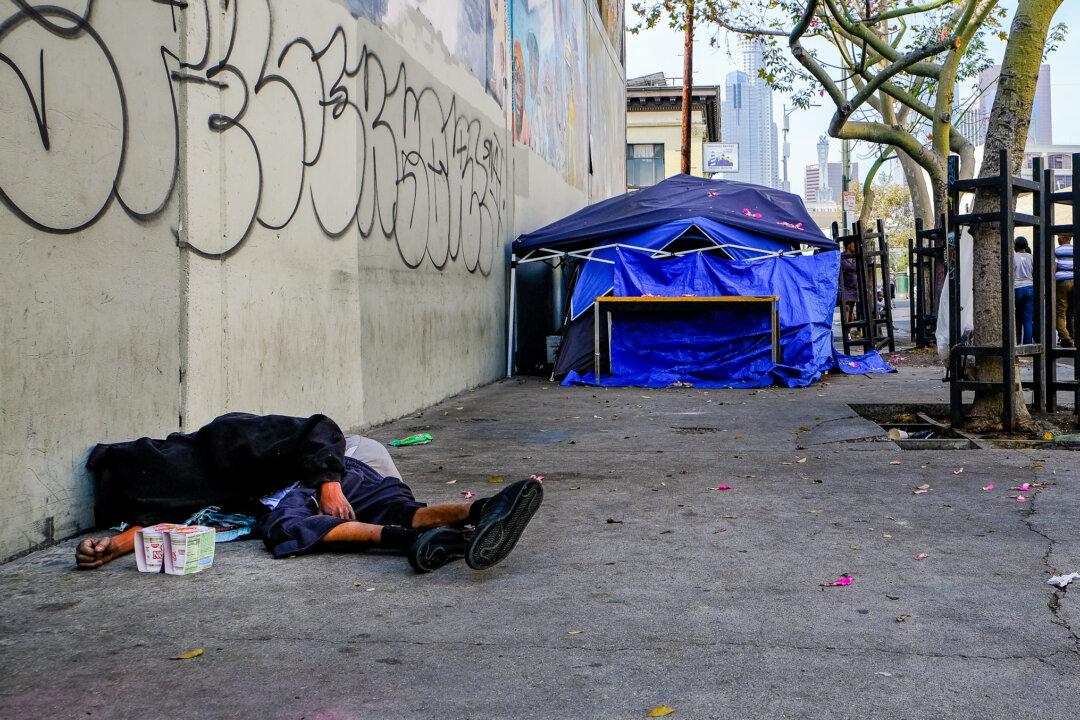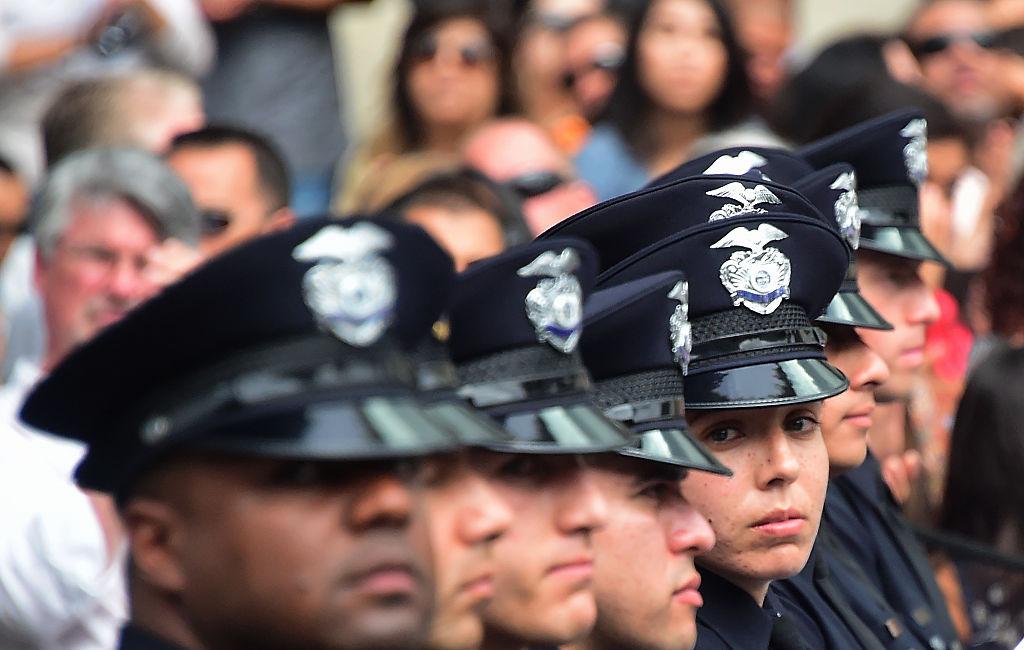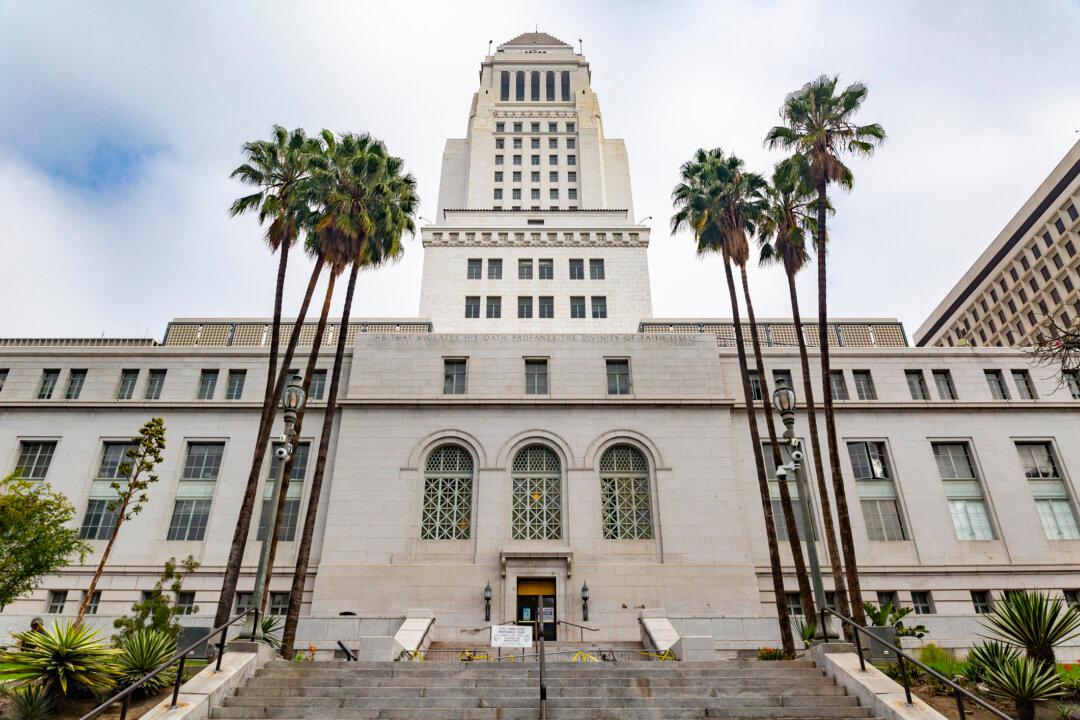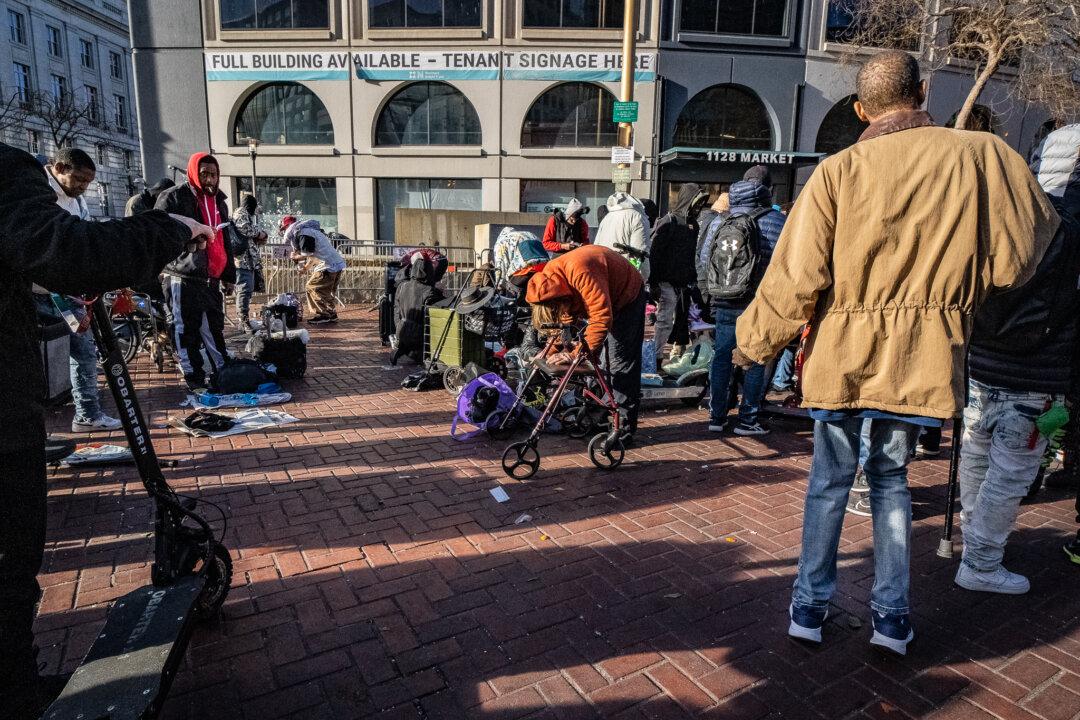As Los Angeles officials contend with how to address more than 66,000 homeless people living on the streets while keeping public safety a top concern, city councilmembers have moved to ban encampments in 54 specified areas across three districts.
During a recent city council meeting, officials voted 12–2 to restrict sitting, lying, sleeping, or storing, using, maintaining, or placing private property, or otherwise obstructing the public right-of-way in the identified areas. Councilmembers Mike Bonin and Nithya Raman dissented, saying the council was rushing the policy without providing proper notice beforehand.





